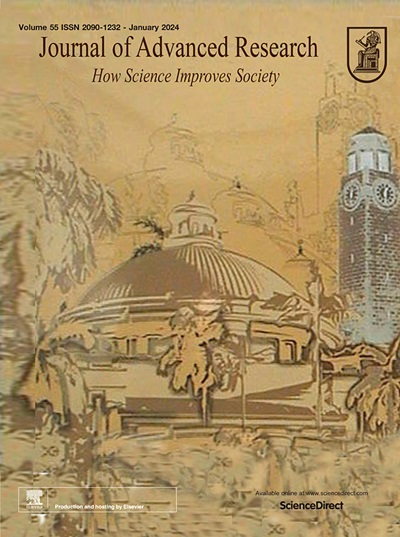IF 11.4
1区 综合性期刊
Q1 MULTIDISCIPLINARY SCIENCES
引用次数: 0
摘要
引言 氮肥对提高全球作物产量至关重要,但过量使用氮肥会造成各种形式的大量氮损失,并随之产生温室气体排放等环境问题。建立区域通用氮肥战略(RUNs)对于作物生产中的技术采用、资源保护和污染缓解是不可或缺的。本研究旨在制定区域通用氮肥战略,以解决氮肥施用效果的差异,平衡农业生产率与环境和生态经济效益。方法我们共进行了 48 个地点-年田间试验,包括不施氮(对照组)、农民常规施肥(FP)以及采用优化氮肥推荐配方和一次性施肥方法实施 RUNs。此外,RUNs 还将全球变暖、土壤酸化、水富营养化和能源消耗的生命周期潜势分别降低了 22%-45%、63%-76%、51%-73% 和 46%-67%。RUNs 的经济效益增加了 11%-58.2%,生态系统经济净效益增加了 11.3%-77.5%,特别是通过减少氮肥和与劳动力相关的农业和生态成本。本文章由计算机程序翻译,如有差异,请以英文原文为准。

Mitigating life-cycle multiple environmental burdens while increasing ecosystem economic benefit and crop productivity with regional universal nitrogen strategy
Introduction
Nitrogen fertiliser is critical for increasing crop yields worldwide, but excessive use causes significant N losses in various forms and subsequent environmental issues, such as greenhouse gas (GHG) emissions. Establishing regional universal nitrogen strategy (RUNs) is indispensable for technology adoption, resource conservation, and pollution mitigation in crop production.Objectives
This study aims to develop a regional universal nitrogen fertilizer strategy to address variations in N application effectiveness, balancing agricultural productivity with environmental and eco-economic benefits.Methods
We conducted a total of 48 site-year field experiments including no nitrogen application (Control), farmers’ practice (FP), and the implementation of the RUNs with optimized nitrogen recommended formulas and one-off application method.Results
The RUNs significantly increased yields by 5.9%, 12%, and 11% for grain, sweet, and silage maize, respectively, compared with FP. Further, RUNs reduced life-cycle potentials of global warming, soil acidification, water eutrophication, and energy depletion by 22–45%, 63–76%, 51–73%, and 46–67%, respectively. The RUNs increased economic benefits by 11%–58.2%, and net ecosystem-economic benefits by 11.3–77.5%, particularly through the reduction of nitrogen fertiliser and labour-associated agricultural and ecological costs.Conclusion
We propose that the RUNs reconciled crop yield, resource efficiency, environmental impacts, and ecosystem economic benefits, demonstrating a regional sustainable N strategy for global food security and resource conservation.求助全文
通过发布文献求助,成功后即可免费获取论文全文。
去求助
来源期刊

Journal of Advanced Research
Multidisciplinary-Multidisciplinary
CiteScore
21.60
自引率
0.90%
发文量
280
审稿时长
12 weeks
期刊介绍:
Journal of Advanced Research (J. Adv. Res.) is an applied/natural sciences, peer-reviewed journal that focuses on interdisciplinary research. The journal aims to contribute to applied research and knowledge worldwide through the publication of original and high-quality research articles in the fields of Medicine, Pharmaceutical Sciences, Dentistry, Physical Therapy, Veterinary Medicine, and Basic and Biological Sciences.
The following abstracting and indexing services cover the Journal of Advanced Research: PubMed/Medline, Essential Science Indicators, Web of Science, Scopus, PubMed Central, PubMed, Science Citation Index Expanded, Directory of Open Access Journals (DOAJ), and INSPEC.
 求助内容:
求助内容: 应助结果提醒方式:
应助结果提醒方式:


